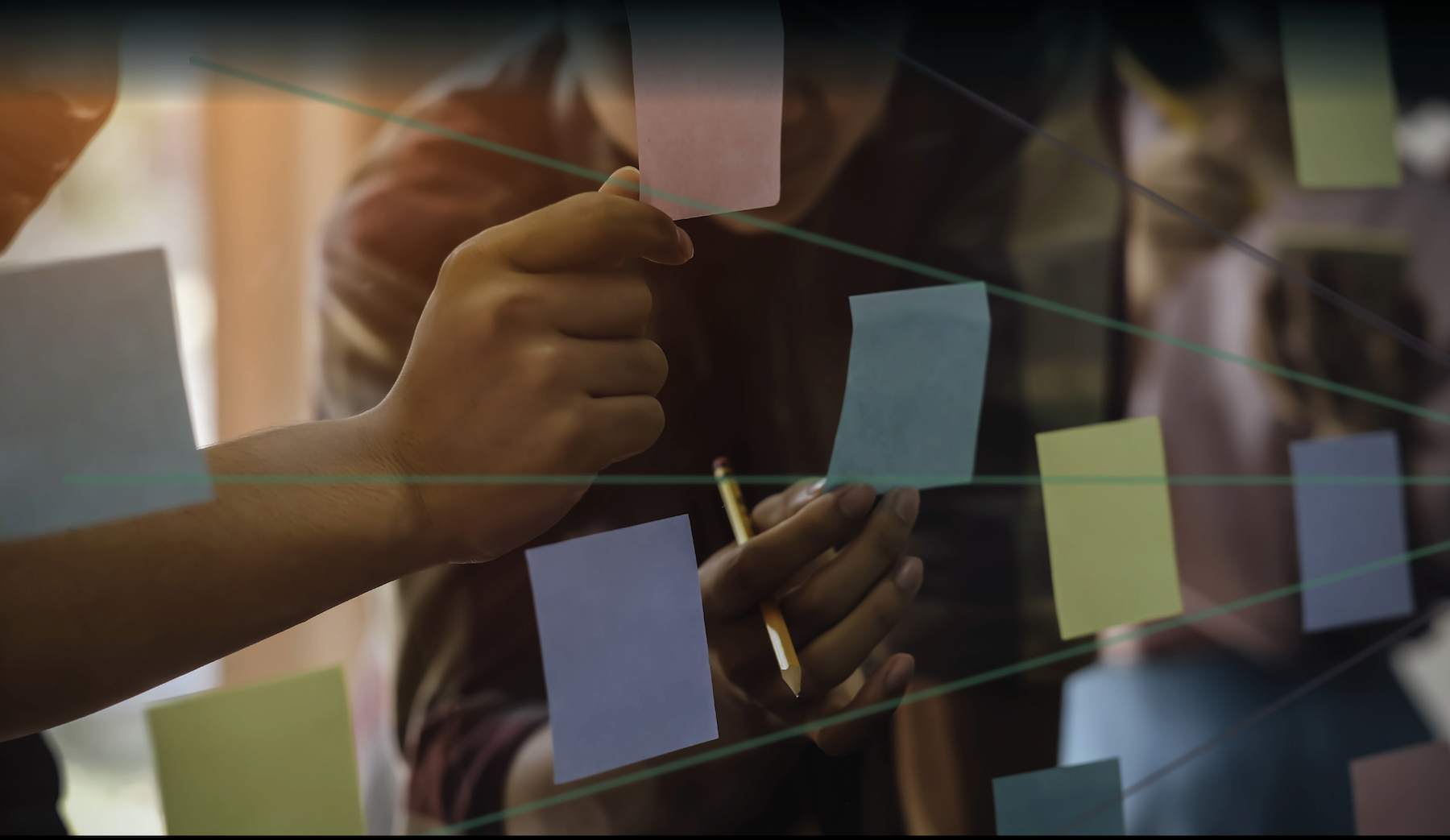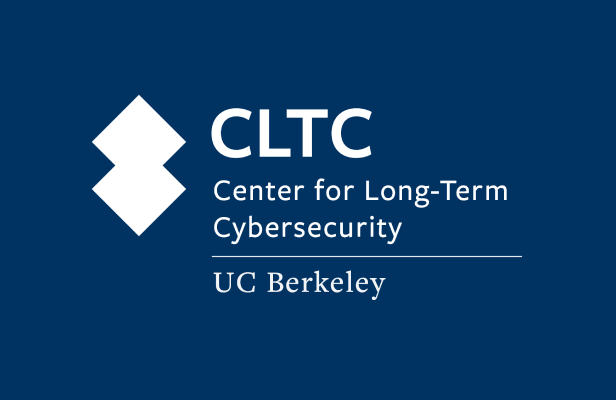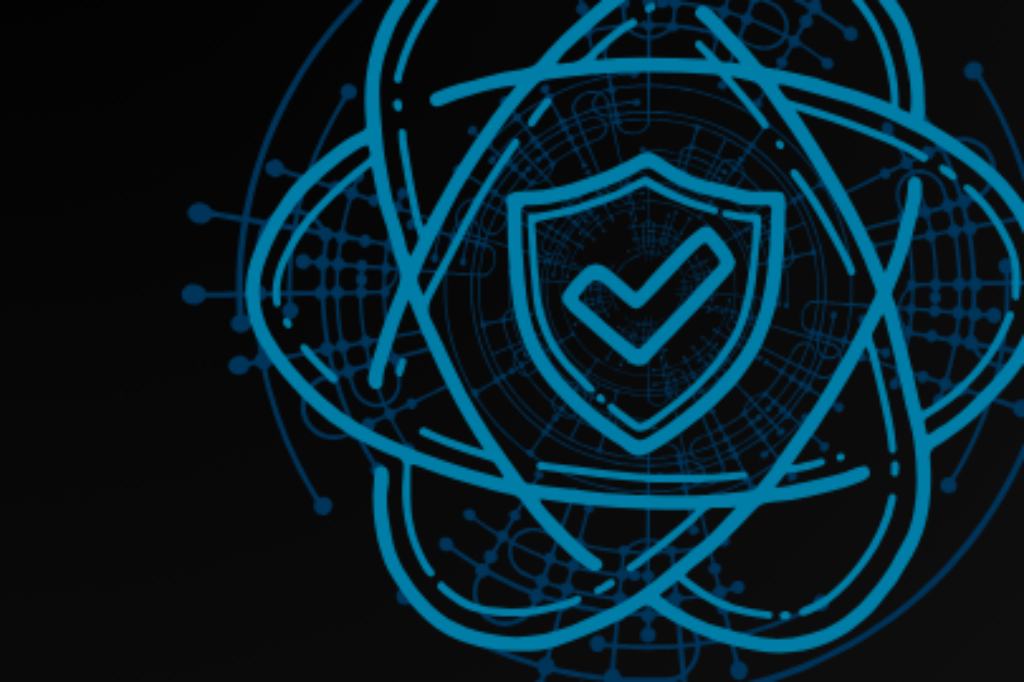
A new white paper authored by Richmond Wong, a postdoctoral fellow at the Center for Long-Term Cybersecurity, introduces “Timelines,” a group activity that can help organizations uncover potential issues related to ethics and values during the design phase of a new technology.
The paper, Timelines: Design Activities for Surfacing Values and Ethics in Technologies, is based on a research paper authored by Wong — together with Tonya Nguyen, a PhD student in the UC Berkeley School of Information — that was published in May 2021 for the CHI Conference on Human Factors in Computing Systems conference (CHI ’21). The white paper version of the research is aimed at a general audience, and includes a facilitation guide for teams or educators to complete the Timelines activity within their own organizations.
Many companies have been caught off guard by the negative impacts of new technologies they have deployed. In 2016, for example, Twitter users manipulated a Microsoft chatbot to make misogynistic and racist remarks within 24 hours of its release. The advertising algorithms on platforms such as Google and Facebook have been found to lead to gender biases and discrimination. And in 2020, when Zoom began being adopted more broadly in many new settings during the pandemic, its default settings made it easy for security problems such as “zoombombing’’ to occur.
Timelines aims to help ensure that organizations are not caught off guard by negative impacts after a new technology has already been deployed and adopted. Using Timelines and similar tools can help organizations identify changes that need to be made to a technology’s design or use policies before key decisions are finalized — and before real-world harms can occur.
How Timelines Works
During a session of Timelines, participants generate news headlines to develop a “storyworld,” a hypothetical future in which a given technology exists. They then create social media posts as they might be written by various stakeholders, to consider how different individuals or groups might have diverse perspectives on the new technology. By encouraging participants to think at both macro- and micro-levels, Timelines helps participants assess potential impacts at a broad scale while also considering the diversity of impacts a single technology can have.
Timelines requires relatively few materials and can be facilitated in a variety of in-person and virtual settings, including classrooms, interactive workshops, and industry settings. The activity is typically played in groups of 3-6 people, but can be run with larger groups, as well as with fewer people. It can even be run as an individual activity to guide self- reflection. Large groups can be split into smaller teams that conduct the activity in parallel.

In a typical round of Timelines, groups decide on an “artifact,” a technology, system, or feature they want to explore. They then use index cards (physical or virtual) to brainstorm a list of stakeholders, individuals or groups who may be related to the artifact, either directly or indirectly. Using sticky notes, the group brainstorms potential news headlines related to the artifact, and they place the headlines on a timeline to imagine how the story will play out. They then brainstorm social media posts as they might be written from the perspectives of different stakeholders, and shift into a broader discussion to reflect on insights from the activity.
“Moving forward, the Timelines activity can be utilized in different ways by educators, practitioners, researchers, and other values advocates,” Wong explains in the conclusion of the paper. “For instance, it might be used as an educational activity with computer science students, as a training activity in an industry setting, as a probe to understand stakeholder concerns about a product in user research, or as a way for policymakers and non-technical stakeholders to think about values in emerging technologies.”
“While Timelines alone will not solve a values or ethical issue, it can be a useful tool to help explore potential situations and to speculate and present alternatives. Timelines encourages nuanced discussions and can surface and elicit important insights about values and ethics related to technology development and use.”
A peer-reviewed research paper and templates for a digital version of Timelines — including a facilitation guide and slides — can be found at http:/tinyurl.com/TLActivity.
Download the Report




